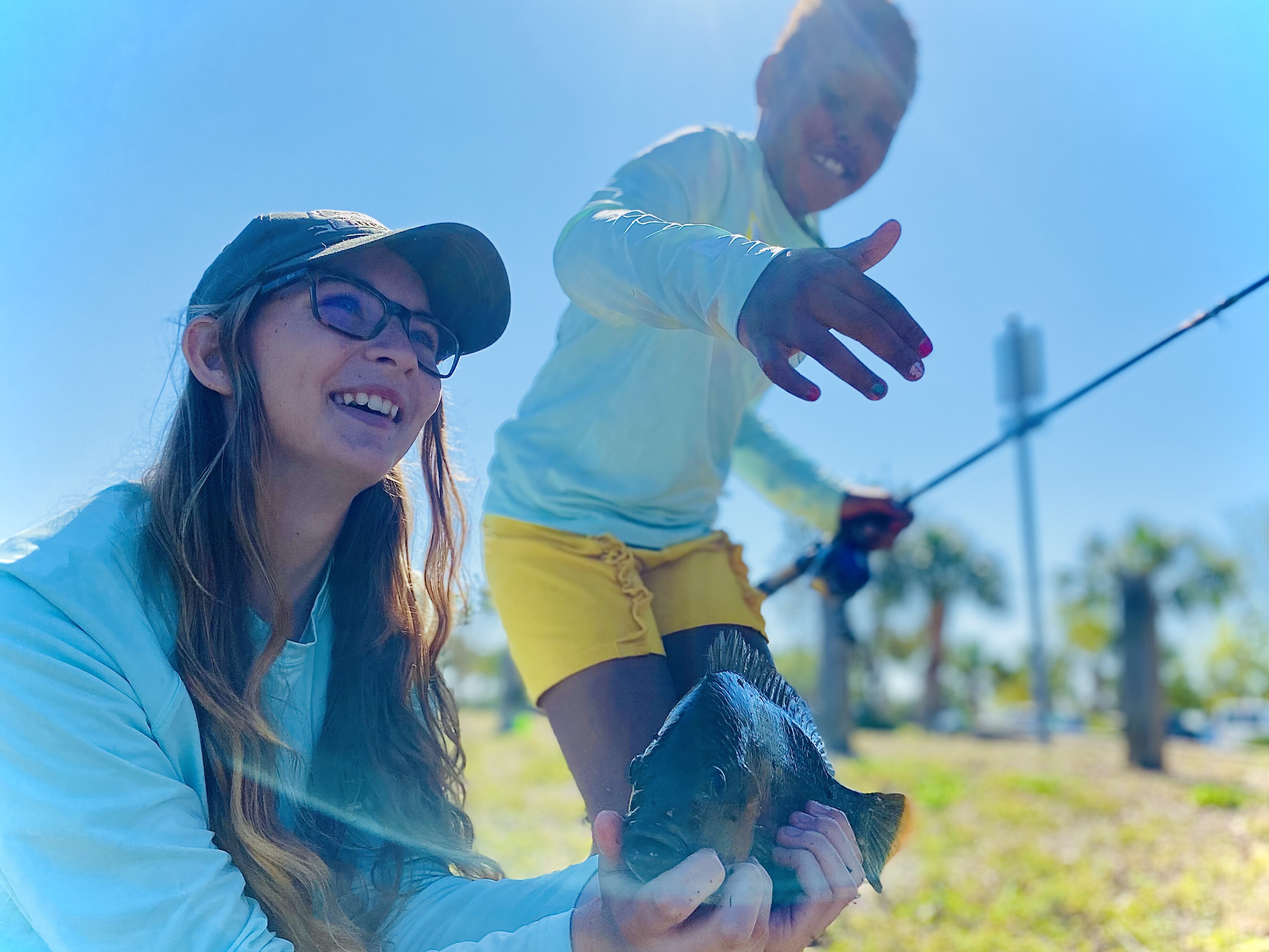By Greg Stover
Super braid fishing lines made from Spectra or Dyneema are wonderful angling tools, but they have one major drawback; cost. Fillin an average sized baitcaster or spinning reel with braid can easily cost $40 or more.
Let’s face it; there are plenty of fisheries that don’t have fish that can peel a hundred yards or more of line off a reel. Many fishermen never use more than the top fifty yards or so of line. The rest of the line on the spool is essentially just filler, and if it is braid it is expensive filler.
You can save money by putting a braid top shot over cheaper monofilament backing. Line manufacturers recognize this and sell braid in 75 to 150 yard spools, which is more than adequate for many types of fishing.
A properly spooled reel should have line filled to about 1/8th inch from the edge of the spool lip. Say you just bought a 100 yard spool of braid that you want to add as a top shot on your reel. How much monofilament do you first add to the spool so the 100 yard top shot ends up within 1/8th inch from the spool lip? I can tell you from experience that guessing seldom works and usually results in an under-filled or over-filled spool.
The best bet is to fill the spool backwards. By backwards I mean first load braid onto the reel, tie on the monofilament and then continue filling the reel until you have the appropriate level of line. If your reel has two spools you can simply wind the line from the first spool onto the second spool so that the braid ends up on top. If you don’t have two spools then you have to strip all the line off the reel and re-spool it mono end first. When you strip the line off the reel don’t dump it in a pile or it is likely to turn into an impossible tangle. Instead wrap the line around a pair of trees, fence posts or similar items to keep the line tight and tangle free. When doing so make sure to pick a location where people or animals are not going to wander into your line.
I like to connect the braid to monofilament by first tying a Bimini twist in the braid and then attaching the braid to the mono with a double uni-knot, five turns in the mono and eight turns in the braid. This happens to be a connection that works well for me, but an internet search will turn up other braid to monofilament knots that work. When spooling a spinning reel, I’ll stop and hand wrap the braid to mono connection so that the connection knot rests against back edge of the spool. I do this so that if I happen to hook a fish that runs far enough to take me into the backing, the outgoing line has less chance of catching on the knot.

